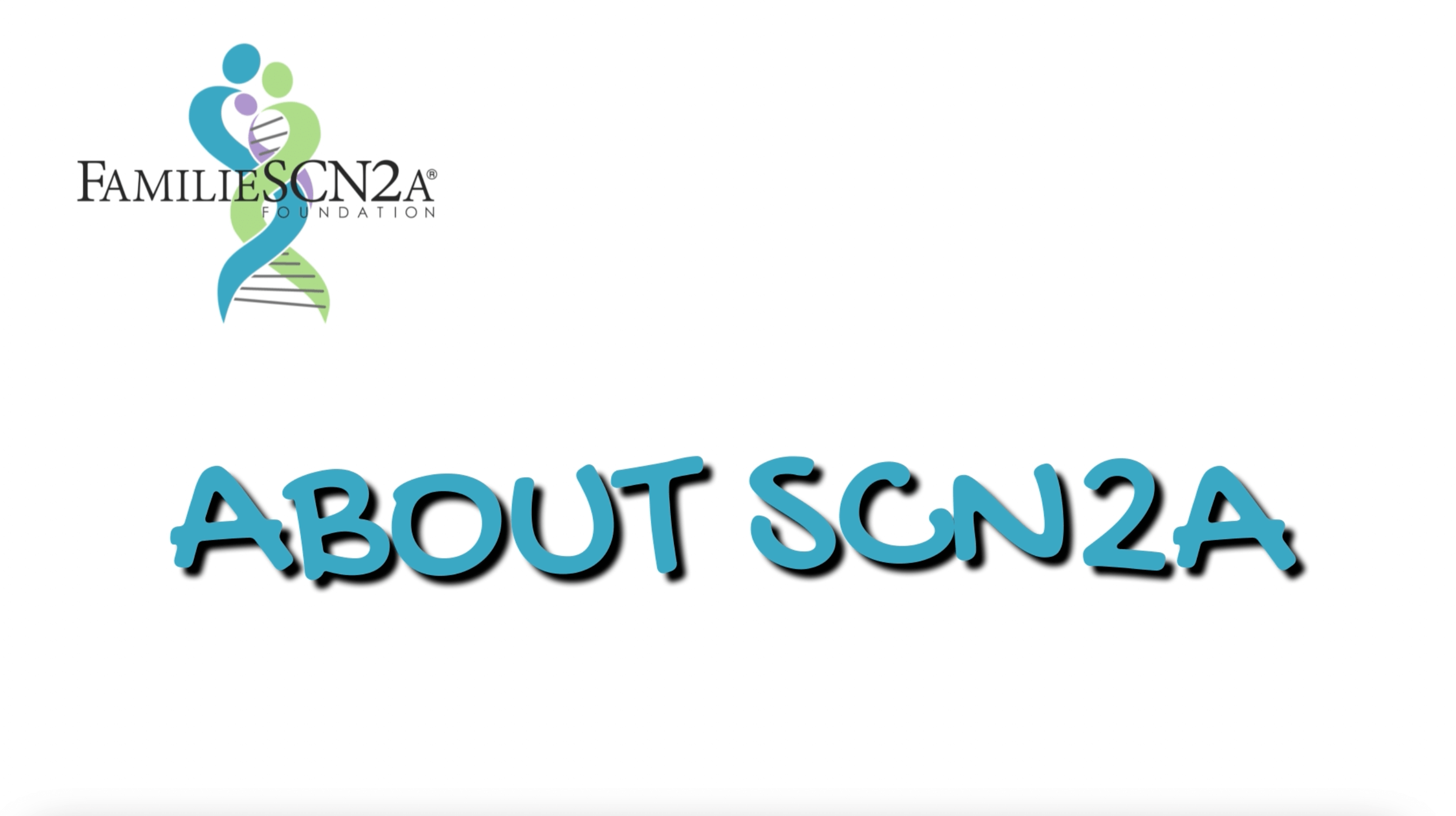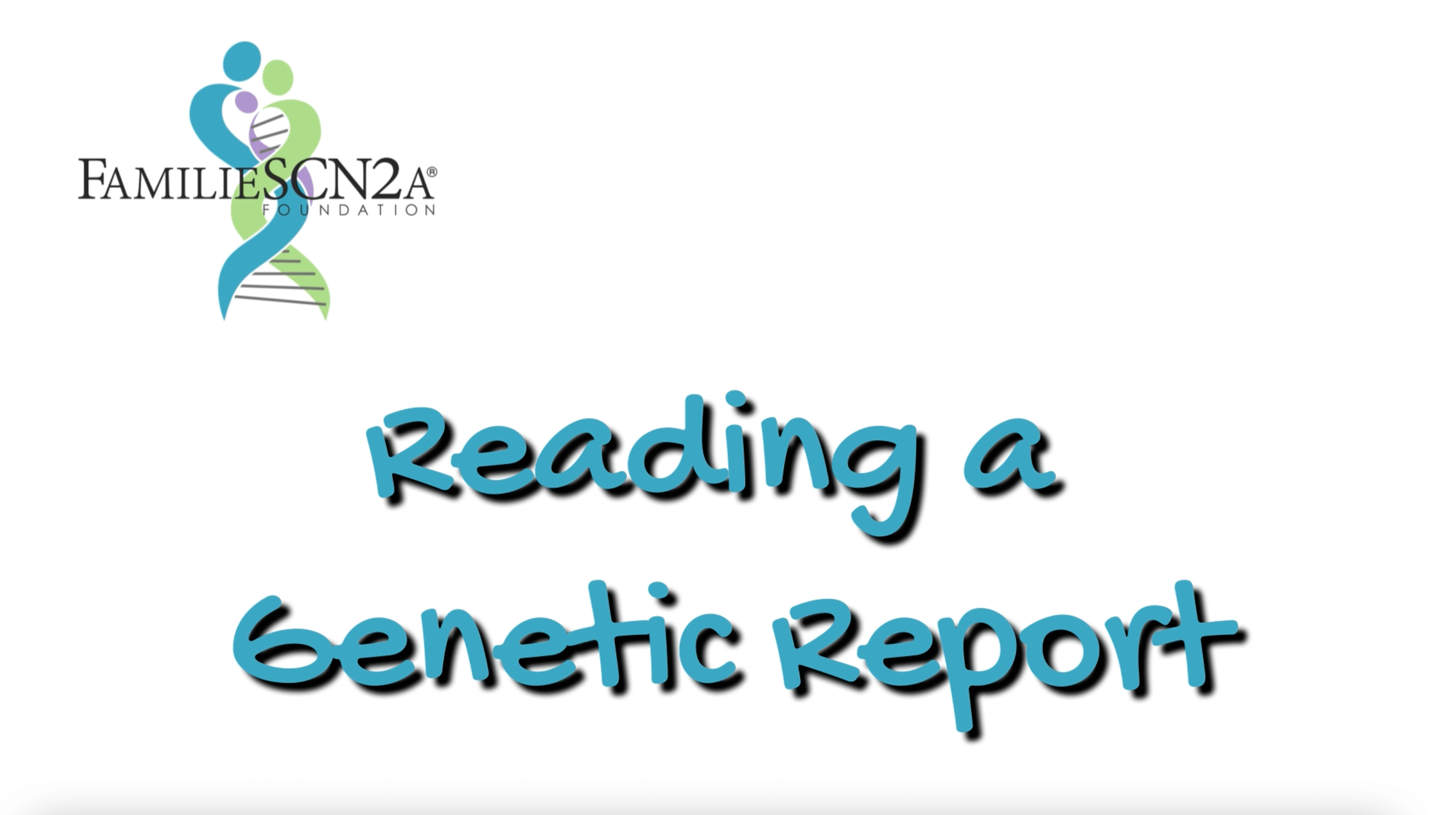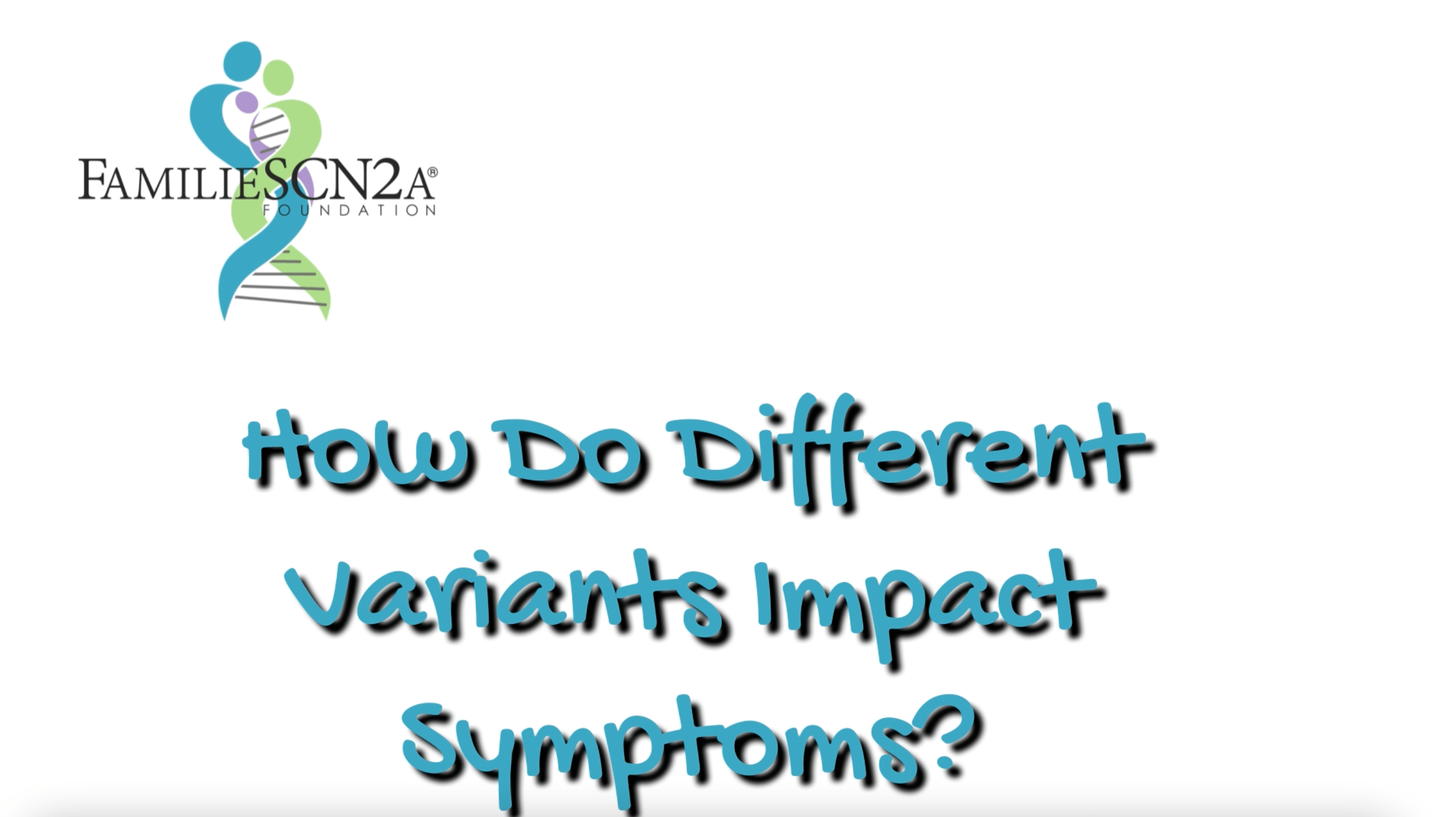Genetics & Physiology of SCN2A
SCN2A is one of the genes most associated with early-onset epilepsy and has been identified as the leading single-gene cause of autism spectrum disorder. It is helpful to have an understanding of genetics and physiology, or how genes work in the body. A common misconception is that ‘genetic’ always means that something is inherited. ‘Genetic’ simply means 'having to do with genes'. A new gene variant (mutation) may arise spontaneously (de novo) and not be inherited. Many disease-causing variants of SCN2A are classified as de novo. Some variants are inherited and some are the result of mosaicism. These topics are explored further in the material that follows and the SCN2A glossary may be helpful.
Webinar: The Genetics of SCN2A
In this recording, Dr. Kevin Bender and Dr. Stephan Sanders detail advances in understanding how different mutations (variants) in SCN2A contribute to the different forms of epilepsy and how these variants contrast with those that contribute to autism.
Knowing the precise location of a variant within a gene is important because it allows researchers to assess the potential impact on the way the gene functions, and therefore, predict disease risk. Identifying and understanding gene variants is key to developing targeted therapies for SCN2A-related disorders (SRDs). Use the SCN2A Variant Browser to map a variant’s location. (Looking at a genetic report, the variant will be the number following the letter c. Put that number into the SCN2A Variant Browser search bar. For example, the blue dot on the map below indicates the variant's location on the gene.)

Key Publications
Newly Diagnosed?
You are not alone. Here you will find a caring community and abundant resources on SCN2A-related disorders (SRDs). Whether you have a newborn baby with epilepsy or are an adult with autism, we welcome ALL those with SRDs. We are glad you found us.





